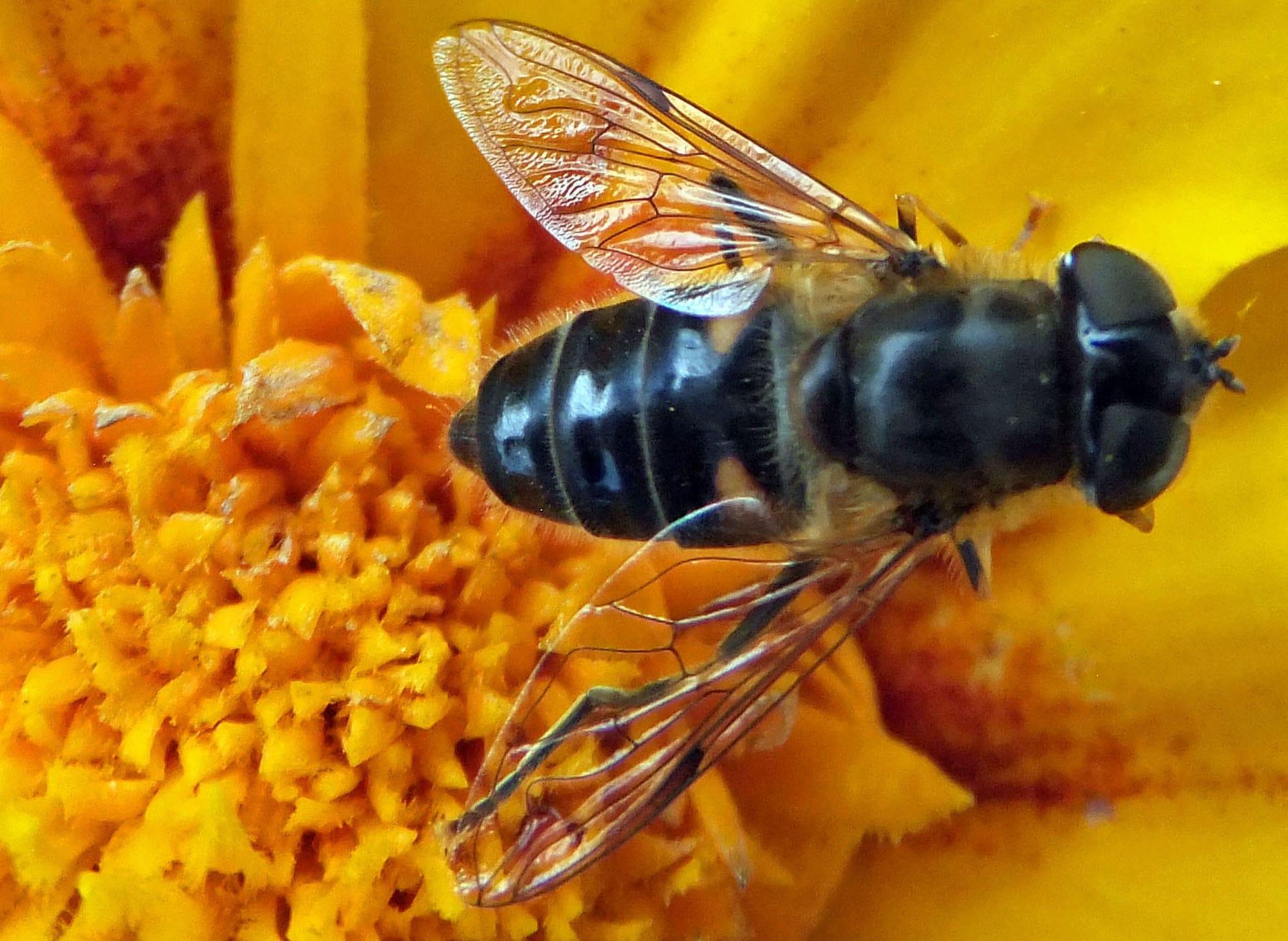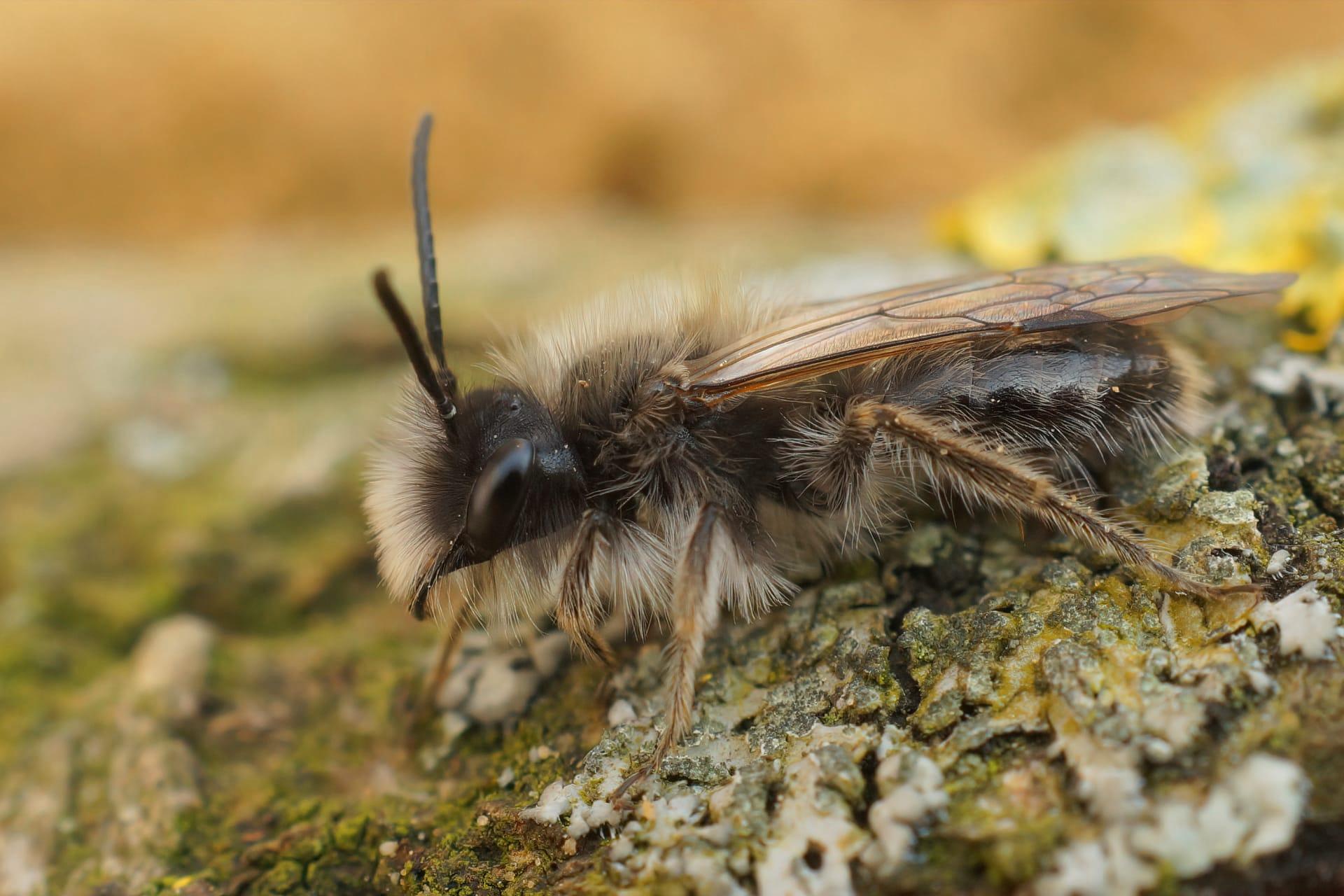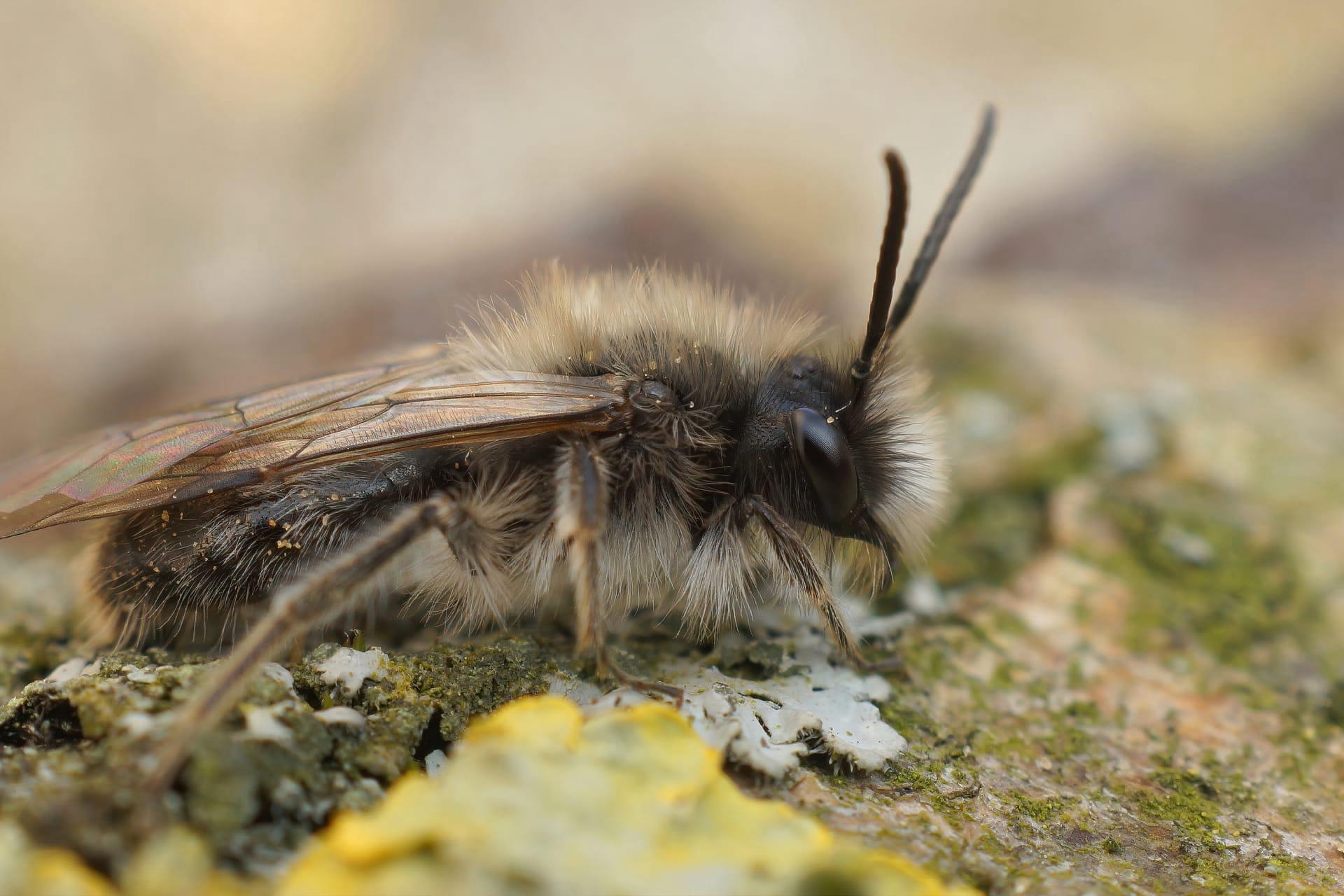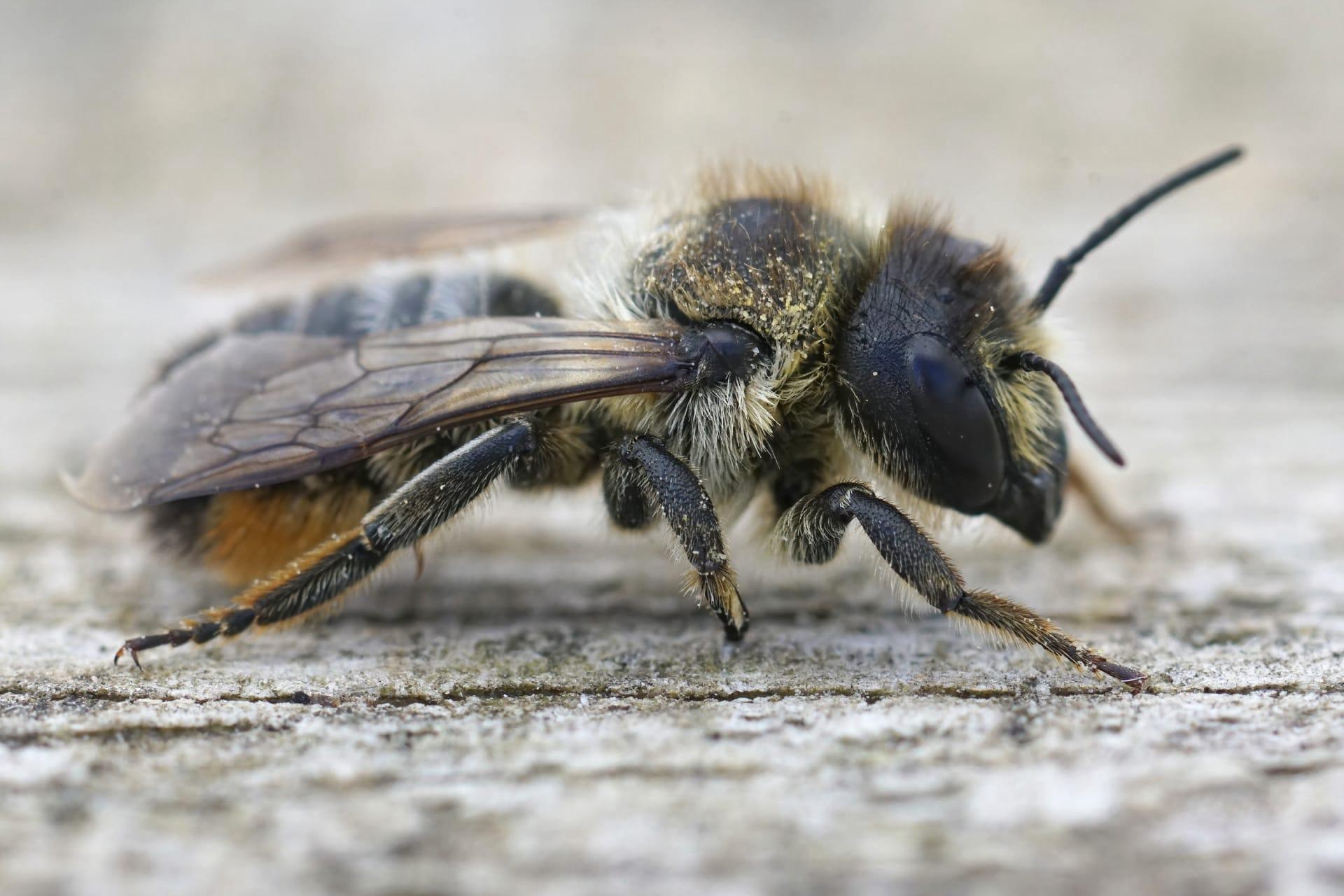Big Black Bee
- Home /
- Mini Encyclopedia /
- Animal /
- Big Black Bee
1
The Big Black Bee, scientifically known as Bombus atratus, belongs to the family Apidae, within the order Hymenoptera. This species is a part of the genus Bombus, commonly known as bumblebees. The classification highlights its close relation to other bumblebee species, characterized by their large size, robust body structure, and dense hair.
Big Black Bees are predominantly found in a wide range of environments across the Americas. Their distribution spans from the southern parts of the United States down through Central America and into South America, reaching as far as northern Argentina. These bees are adaptable to various habitats, including urban areas, gardens, forests, and agricultural lands. Their presence in diverse ecosystems underlines their adaptability and ecological significance.

2
Question: Do Big Black Bees produce more honey than other bee species?
Answer: Contrary to popular belief, Big Black Bees are not significant honey producers like their Apis (honeybee) cousins. They do produce honey, but in much smaller quantities, sufficient only for the sustenance of their own colony. Their primary role in nature is not honey production but pollination. They have a unique method of pollination known as "buzz pollination," which is essential for the fertilization of certain plants and crops.

3
Big Black Bees have a fascinating survival strategy that revolves around their colony structure. Each colony is established by a single queen who is responsible for laying all the eggs. The colony size can vary, typically housing hundreds of individuals. These bees demonstrate a high level of social organization, with roles clearly divided among workers, drones, and the queen.
Another key survival strategy is their foraging behavior. Big Black Bees are known for their efficiency in pollinating a wide range of plants, thanks to their ability to carry large pollen loads. This efficiency is vital for both the plants they pollinate and their own nutritional needs. They are also adaptable foragers, able to navigate and exploit resources in different environments, from natural settings to urban gardens.

4
In the ecosystem, Big Black Bees play a crucial role as pollinators. Their ability to pollinate a wide variety of plants contributes significantly to the biodiversity and health of ecosystems. They are especially important for the pollination of native plants and crops, which depend on their unique buzz pollination technique.
Their role extends beyond pollination. As part of the food web, they serve as prey for various predators, thus contributing to the ecological balance. They also impact human agriculture, aiding in the production of fruits, vegetables, and seeds. This ecological service is invaluable, underscoring their importance in maintaining healthy, functioning ecosystems.

5
Film: "Wings of Change" (United States, 2019) is a documentary that explores the lives of various bee species, including the Big Black Bee. It focuses on their ecological roles, challenges faced due to environmental changes, and the importance of conservation efforts.
Book: "Bumblebees of North America" (United States, 2014) by Paul Williams, Robbin Thorp, Leif Richardson, and Sheila Colla. This book provides a comprehensive guide to North American bumblebees, including the Big Black Bee. It offers insights into their biology, behavior, and conservation.
Book: "The Buzz about Bees: Biology of a Superorganism" (Germany, 2008) by Jürgen Tautz. Though focusing broadly on bees, this book includes interesting information about the Big Black Bee. It delves into the complex social structure and communication methods within bee colonies, offering a deep understanding of their world.